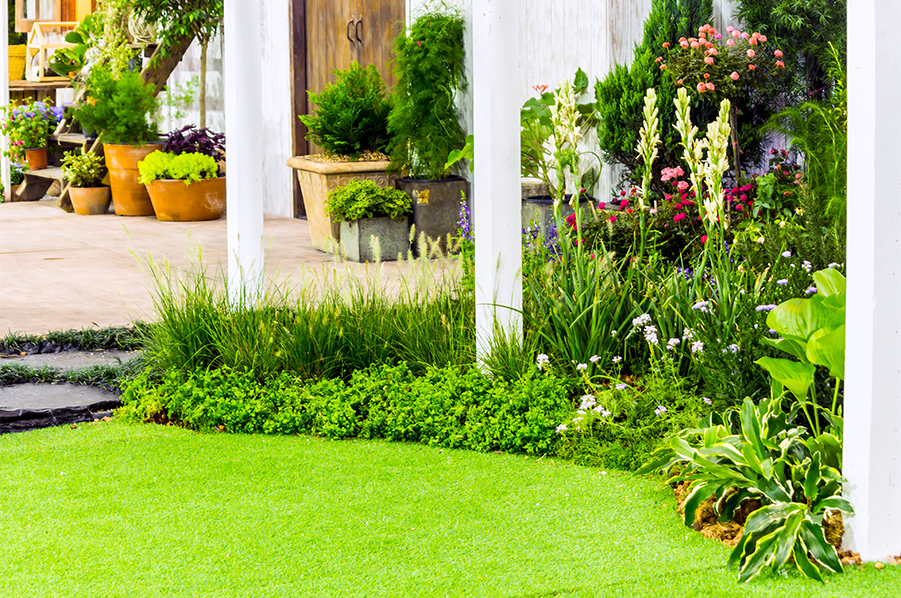
by:
At Primary Residential Mortgage, Inc. we know your home’s value is affected by many factors; today we want to focus on one that can sometimes be overlooked: landscaping.
Long summer days are great for doing yardwork and we want to help you make the most of your efforts, which is why we’re sharing our favorite Xeriscaping tips.
While xeriscaping isn’t for everyone, it’s a great solution if you live in a place with hot or dry summer weather.
Why Xeriscape?
Xeriscaping is a bit of work, but there are many benefits:
- You can potentially reduce your water bill—especially in the summer
- Your yard will probably need fewer pesticides and fertilizers—making it safer for kids and pets
- When you xeriscape, you use lower maintenance plants, which means you can spend more time enjoying your yard instead of working in it
- You can potentially boost your property value
- You can do your part for Mother Nature
Landscaping Tips That Save Water
Ready to xeriscape your yard? These tips can help you get started.
Limit turf
Big lawns require lots of water—and regular mowing. You don’t have to get rid of your lawn completely, but even cutting back some of the territory can reduce water use and save you time. Replace lawn areas with alternative ground cover like wood chips, gravel, rocks or drought-resistant grasses that are native to your area.
Group plants by watering needs
Different types of plants need different amounts of water. Instead of mixing them up, keep the plants that need more water together, and do the same with the plants that need very little watering. Then you can water more efficiently.
Focus on the soil
You can improve the quality of your soil by adding compost and other organic materials like wood chips. Higher quality soil will retain moisture longer, limiting excess watering. You can also cover soil with a thick layer of mulch to keep it moist and to prevent weed growth.
Get drought-resistant plants that are native to your area.
Plants that are native to your area are more likely to do well with less water and maintenance.
Below, we’ve listed the common names of a few plants that do well in hot, dry conditions. For more ideas, check with your local plant shop.
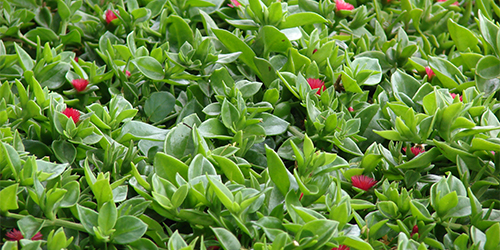
Ice Plant
Aptenia cordifolia
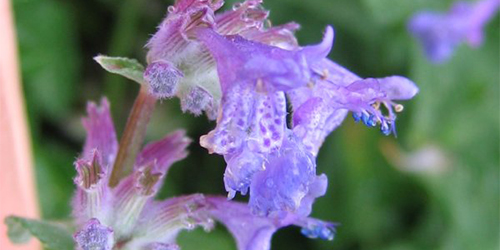
Catmint
Nepeta mussinii bluete
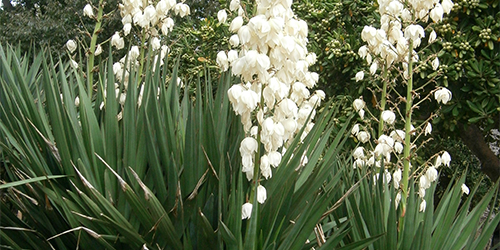
Yucca
Yucca gloriosa
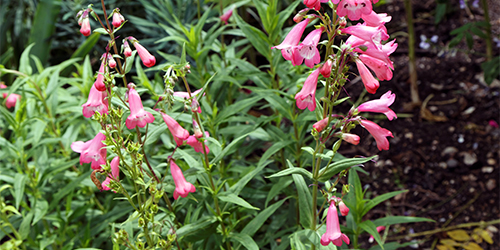
Beardtongue
Penstemon 'Hidcote Pink'
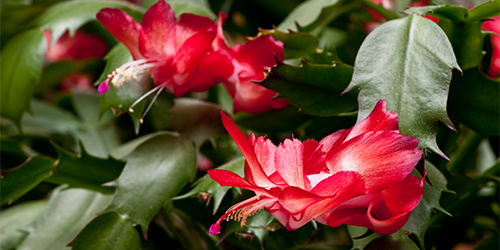
Cactus plants
Schlumbergera truncata
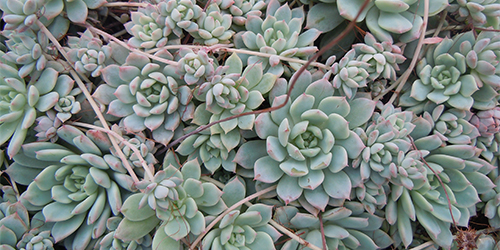
Succulents
Echeveria prolifica
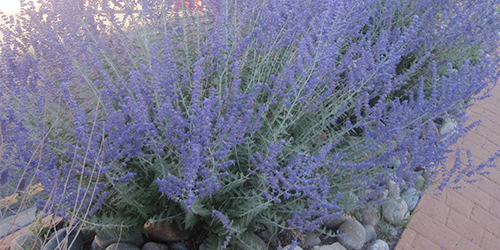
Wild sage
Perovskia atriplicifolia
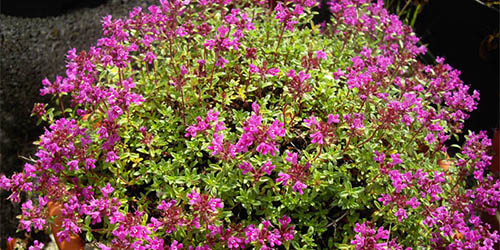
Creeping thyme
Thymus serpyllum 'minor'
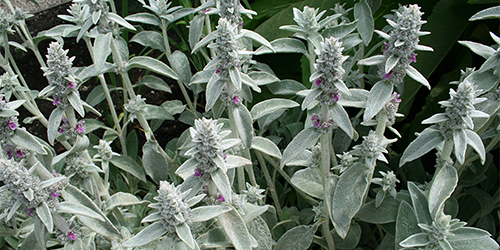
Silver carpet
Stachys byzantina
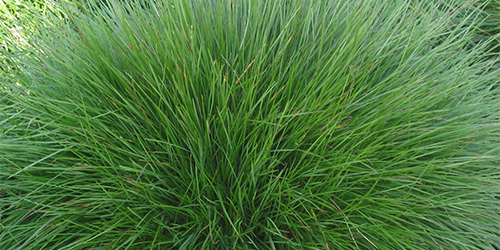
Fescue grass
Festuca rubra var. commutata
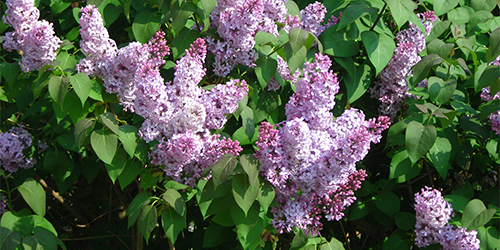
Lilac
Syringa vulgaris
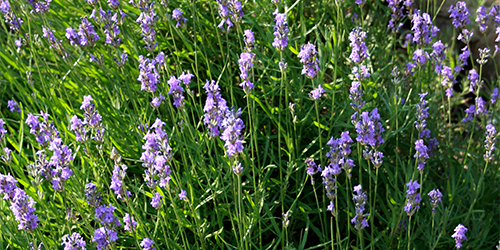
Lavender
Lavandula angustifolia
Invest in trees and shrubs
Trees and shrubs can prevent evaporation by blocking wind and providing shade. Ask your local plant seller for suggestions to find trees and shrubs that will thrive in your area.
Water strategically
Avoid using sprinklers when possible. Instead, use drip irrigation or a soaker hose to prevent evaporation and make sure water makes it to the roots. If you have to use sprinklers, try to avoid using them in the hottest part of the day or when it is windy.
Remember small changes make a difference
Not ready to redo your whole yard? Don’t worry. Start by making a few changes at a time and do more as you can.
We’re always available to help with your home financing needs. Contact your local PRMI Loan Officer today.
Image sources: ice plant, catmint, yucca, Beardtongue, cactus, succulent, Wild sage, creeping thyme, silver carpet, fescue grass, lilac and lavender.